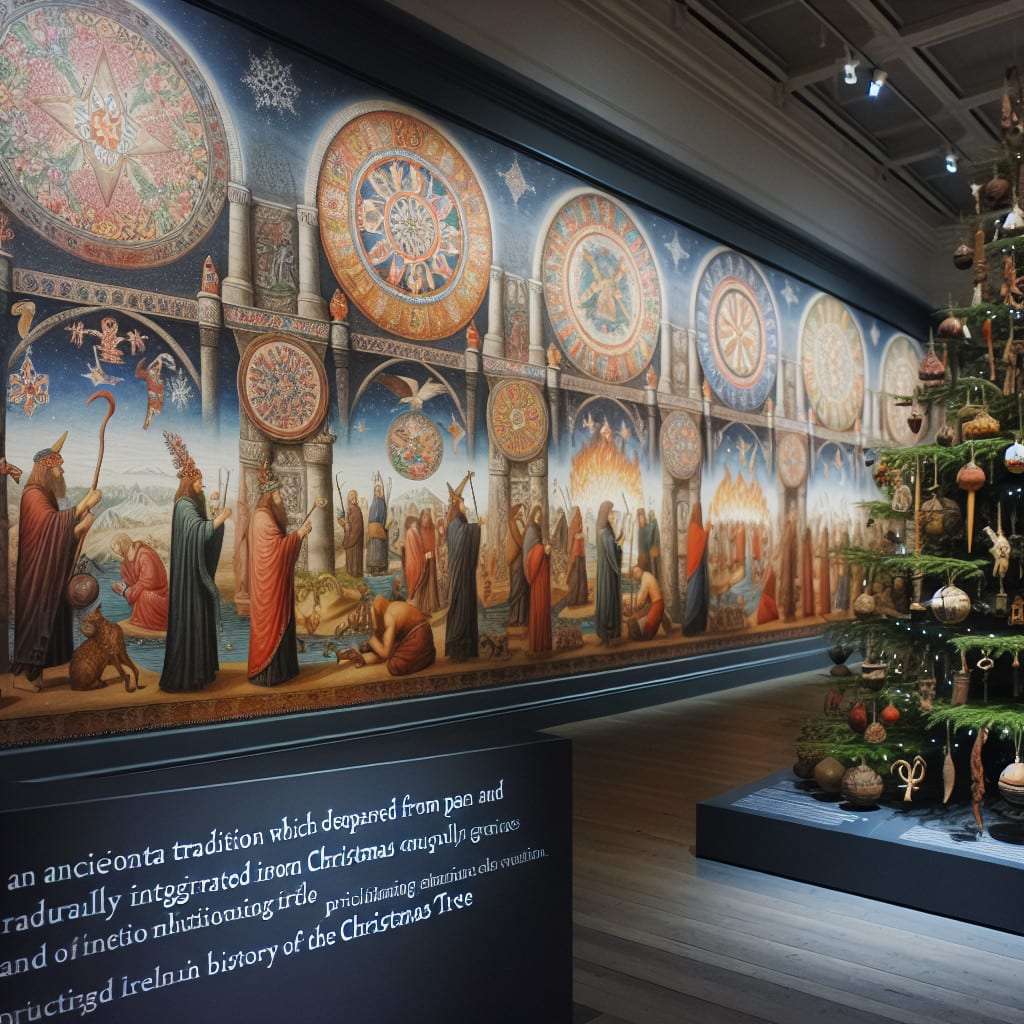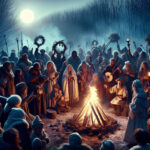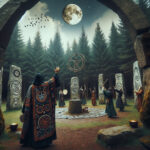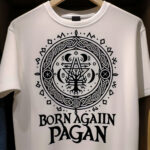The Pagan Christmas Tree has become a popular part of the holiday season, with decorations being seen all around the world. This article will explore the origin and meaning behind this unique symbol of the winter season, as well as the reasons why it has become so widely accepted. We will also discuss the different forms of symbolism associated with the Pagan Christmas Tree, and how it can be used to spread the joy of the season. Finally, we will look at how the Pagan Christmas Tree has become a beloved part of the holiday season for people of all backgrounds and beliefs.

The Pagan Christmas Tree is an ancient tradition that dates back centuries and is still celebrated by some today. While the Christian church has adopted the tree as a symbol of the birth of Jesus, its origin can be traced back to pre-Christian times. In this article, we’ll explore the history of the Pagan Christmas Tree and how it is still celebrated today.
What is a Pagan Christmas Tree?
A Pagan Christmas Tree is an evergreen tree that is decorated with symbols of nature and fertility. The tree is meant to honor the natural cycle of life. It is decorated with symbols of the sun and moon, of animals, and of plants. The decorations often include wreaths, garlands, and mistletoe, which are symbols of fertility.
History of the Pagan Christmas Tree
The Pagan Christmas Tree has its roots in pre-Christian traditions. Ancient Celtic and Germanic peoples celebrated the winter solstice by decorating evergreen trees with symbols of nature and fertility. This was meant to bring prosperity and good luck to them in the coming year.
The modern Pagan Christmas Tree is thought to have been developed in England in the late 18th century. In 1841, Prince Albert, who was married to Queen Victoria, introduced the tree to the royal court. This popularized the tradition, and it soon spread throughout Europe and America.
The Meaning Behind the Pagan Christmas Tree
The Pagan Christmas Tree is meant to honor the cycle of life, as well as the winter solstice. The tree itself is a symbol of life and rebirth, as it remains green throughout the winter. The decorations, such as wreaths and mistletoe, are symbols of fertility and prosperity. The lights on the tree are meant to represent the sun and moon, while the star at the top is a reminder of the night sky.
How is the Pagan Christmas Tree Celebrated Today?
Today, the Pagan Christmas Tree is still celebrated by some. Some Pagan groups and individuals will decorate a tree with traditional symbols of nature and fertility. Others may choose to decorate the tree with more modern symbols, such as peace signs and images of nature.
Conclusion
The Pagan Christmas Tree is an ancient tradition that is still celebrated today. Its roots can be traced back to pre-Christian times, when it was used to honor the cycle of life and bring prosperity and good luck. Today, some still celebrate the Pagan Christmas Tree with traditional symbols of nature and fertility, while others choose to decorate it with more modern symbols.
The Christmas Tree has been a symbol of joy and celebration for centuries, and its pagan roots only add to its unique and special history. It is a reminder that Christmas is a time to come together with family and friends, to celebrate the season and to remember the true spirit of the holiday. The Christmas Tree is a symbol of hope and joy, and its pagan origins should be celebrated and embraced. No matter its origin, the Christmas Tree is a cherished symbol of the holiday season, and it will continue to bring joy and happiness to many for years to come.





